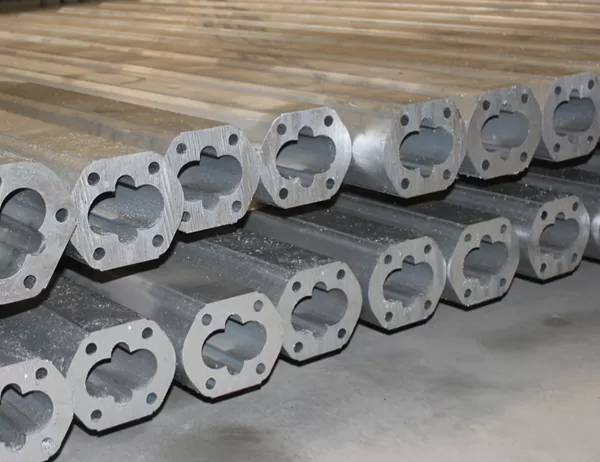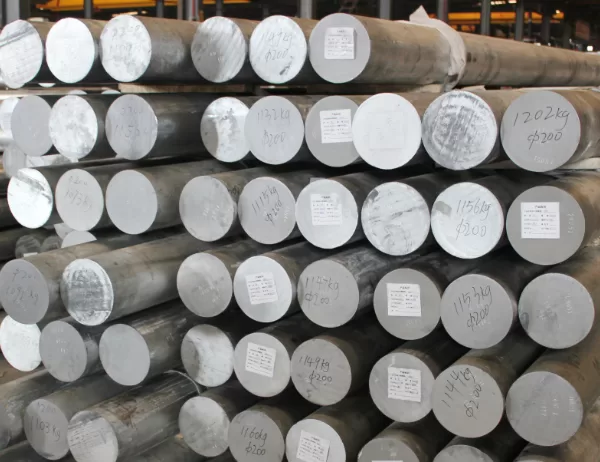In the realm of electronics, thermal management is crucial for maintaining optimal performance. Aluminum heat sinks, with their exceptional thermal conductivity, play a pivotal role in dissipating excess heat, ensuring that electronic components operate at their best. Unlocking their full potential requires careful consideration of design and implementation strategies.
Maximizing Surface Area
The primary goal of a heat sink is to increase the surface area available for heat transfer. The more surface area, the more heat can be dissipated. Choose heat sinks with dense fin structures that provide ample surface area while minimizing airflow resistance.
Selecting the Right Material
Aluminum is an ideal material for heat sinks due to its exceptional thermal conductivity and lightweight properties. However, not all aluminum alloys are created equal. Consider heat sinks made from high-performance aluminum alloys that offer superior thermal conductivity, such as 6061 or 6063.
Optimizing Airflow
Airflow is essential for heat dissipation. Ensure that the heat sink is placed in an area with adequate airflow. Consider using fans or blowers to enhance air circulation. Additionally, orient the fins parallel to the airflow direction to maximize surface area exposure.
Proper Installation
Proper installation is critical to ensure good thermal contact between the heat sink and the electronic component. Apply a thin layer of thermal paste to the interface between the surfaces. This will help reduce air gaps and improve heat transfer.
Monitoring Temperature
Monitor the temperature of the electronic components to ensure they are operating within acceptable ranges. Use temperature sensors or thermal imaging devices to identify any hotspots or areas where heat dissipation may be inadequate.
Regular Maintenance
Over time, dust and other particles can accumulate on the heat sink, reducing its effectiveness. Regularly clean the heat sink using compressed air or a soft brush to maintain optimal performance.
By implementing these strategies, you can ensure that your aluminum heat sinks are operating at their peak potential, effectively dissipating heat and safeguarding your electronic components. Remember, optimal thermal management is key to unlocking maximum performance and ensuring the longevity of your electronic devices.




